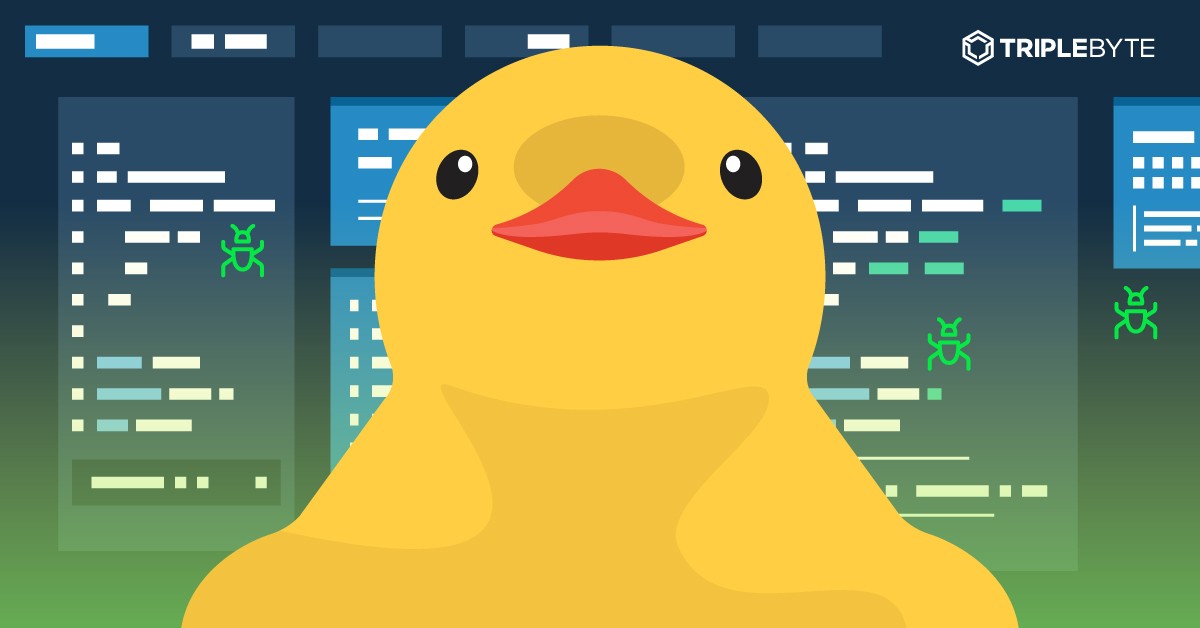Mastering the Art of Rubber Duck Debugging: How Talking to a Rubber Duck Can Level Up Your Coding Skills
 Ajay
Ajay
Introduction
Have you ever found yourself stuck on a coding problem, staring blankly at your screen, unsure of where to even begin? If so, you're not alone. Many developers encounter roadblocks in their coding journey that seem insurmountable at first glance. However, there's a simple yet surprisingly effective technique that can help you overcome these challenges: rubber duck debugging.
What is Rubber Duck Debugging?
Rubber duck debugging is a method used by programmers to debug code by explaining it, line by line, to an inanimate object, such as a rubber duck. The process of articulating the problem and explaining your code out loud often helps you identify the root cause of the issue. It may sound strange, but countless developers swear by this technique as a valuable tool in their debugging arsenal.
How Does Rubber Duck Debugging Work?
The concept behind rubber duck debugging is straightforward. When you encounter a problem in your code, instead of immediately seeking help from a colleague or diving into complex debugging tools, take a step back and try explaining the issue to a rubber duck (or any other inanimate object). Speak aloud as if you were teaching the duck how your code is supposed to work and what it's currently doing.
As you verbalize your thought process, you may find that the act of explaining the problem helps you uncover mistakes or oversights that you hadn't noticed before. It forces you to break down the problem into smaller, more manageable pieces, making it easier to identify where things went wrong.
Why Does Rubber Duck Debugging Work?
Rubber duck debugging works for several reasons:
Forces You to Think Differently: Explaining your code to someone (or something) else forces you to approach the problem from a different perspective. This shift in thinking can often reveal insights that were previously hidden.
Encourages Clarity: When you verbalize your thoughts, you're forced to articulate your ideas clearly. This can help you identify gaps in your understanding or areas where your code could be improved.
Promotes Problem-Solving: Rubber duck debugging encourages active problem-solving rather than passive frustration. By engaging with the problem in a structured way, you're more likely to find a solution.
Tips for Effective Rubber Duck Debugging
Choose a quiet, distraction-free environment where you can focus on your thoughts.
Be patient and persistent. Sometimes, the solution won't come to you immediately, but that's okay.
Experiment with different ways of explaining the problem. You might find that approaching it from a different angle leads to a breakthrough.
Don't be afraid to get creative with your "rubber duck." While a traditional rubber duck works fine, you could also use other objects or even a virtual rubber duck if you prefer.
Conclusion
Rubber duck debugging is a simple yet powerful technique that can help you become a more effective coder. By explaining your code to an inanimate object, you engage with the problem in a structured way that often leads to valuable insights and solutions. So the next time you find yourself stuck on a coding problem, don't hesitate to grab your rubber duck and start talking. You might be surprised by the results!
Subscribe to my newsletter
Read articles from Ajay directly inside your inbox. Subscribe to the newsletter, and don't miss out.
Written by

Ajay
Ajay
A high school teenage developer who likes to code in his free time and develop amazing projects, games, and apps while playing a game of life and also going to school. Started a blog. Updated every week. Posts on various topics!